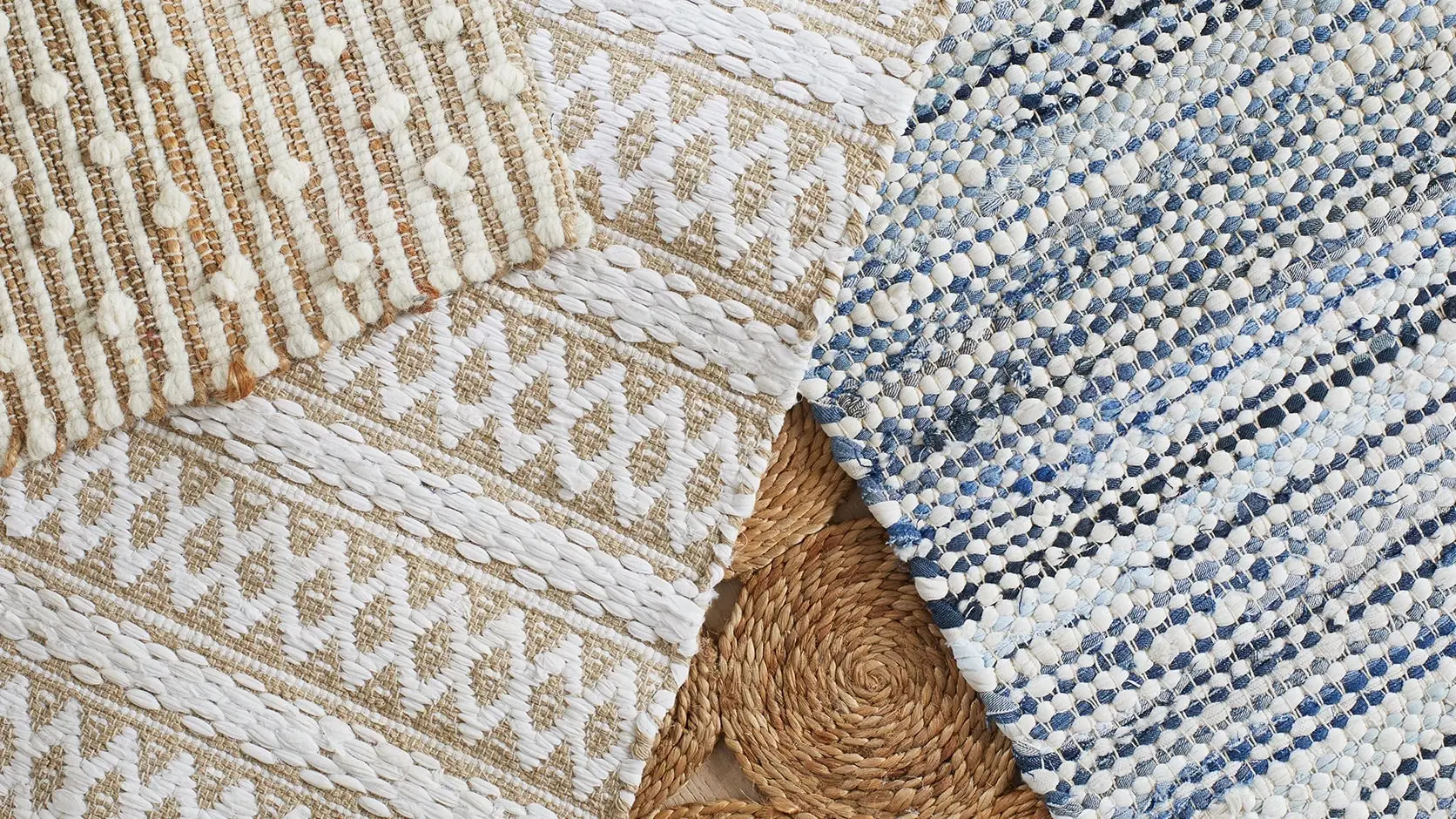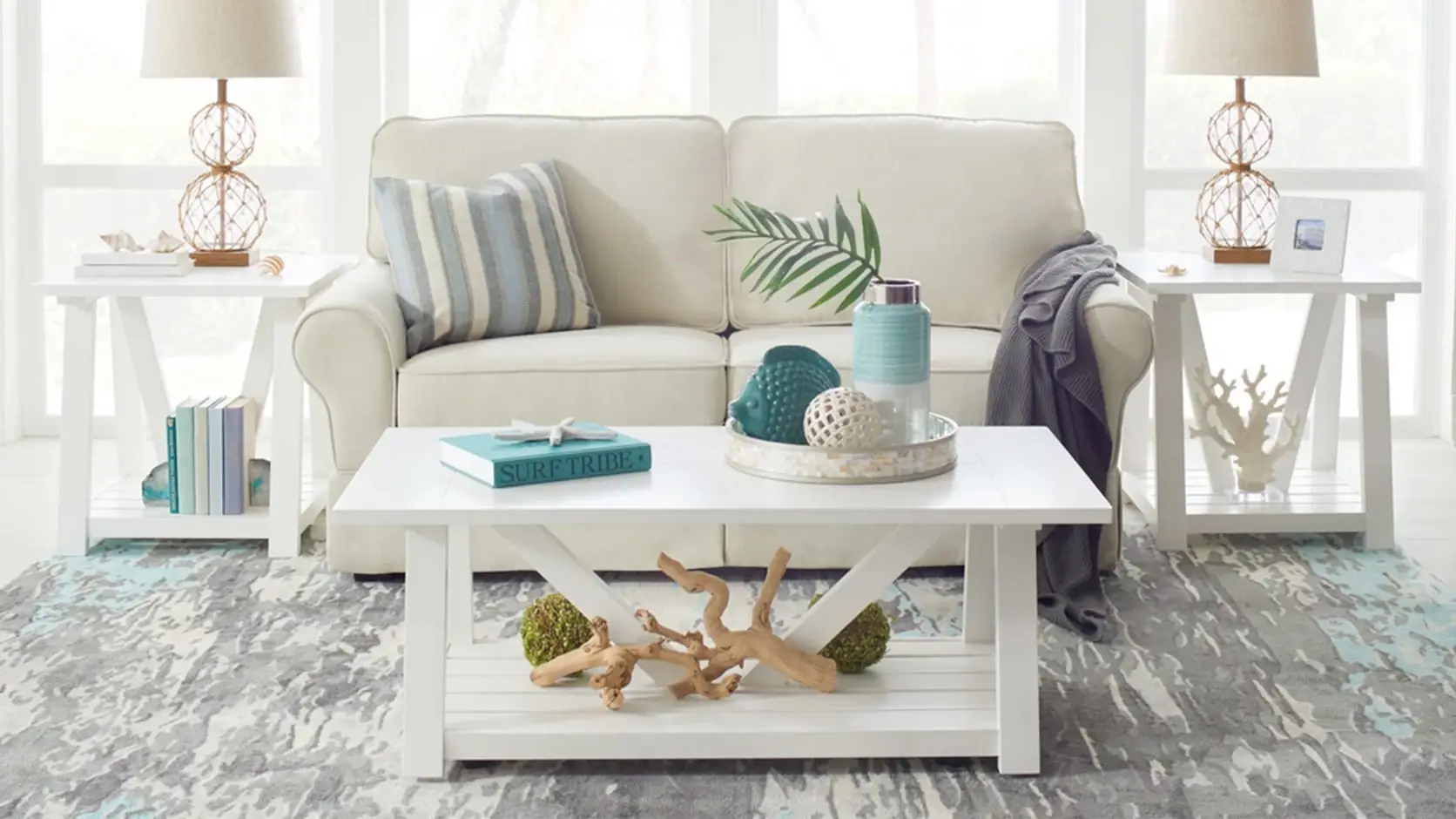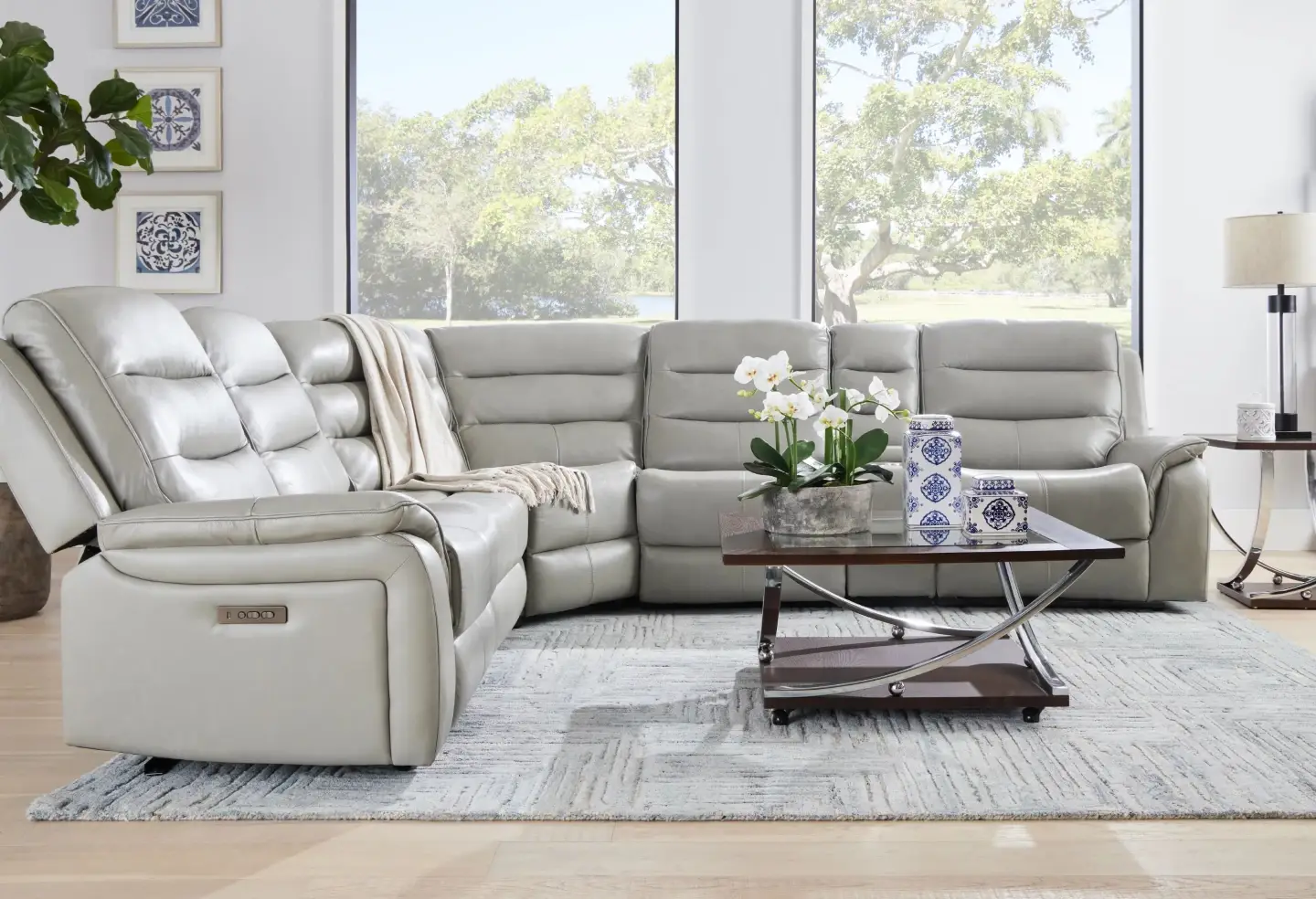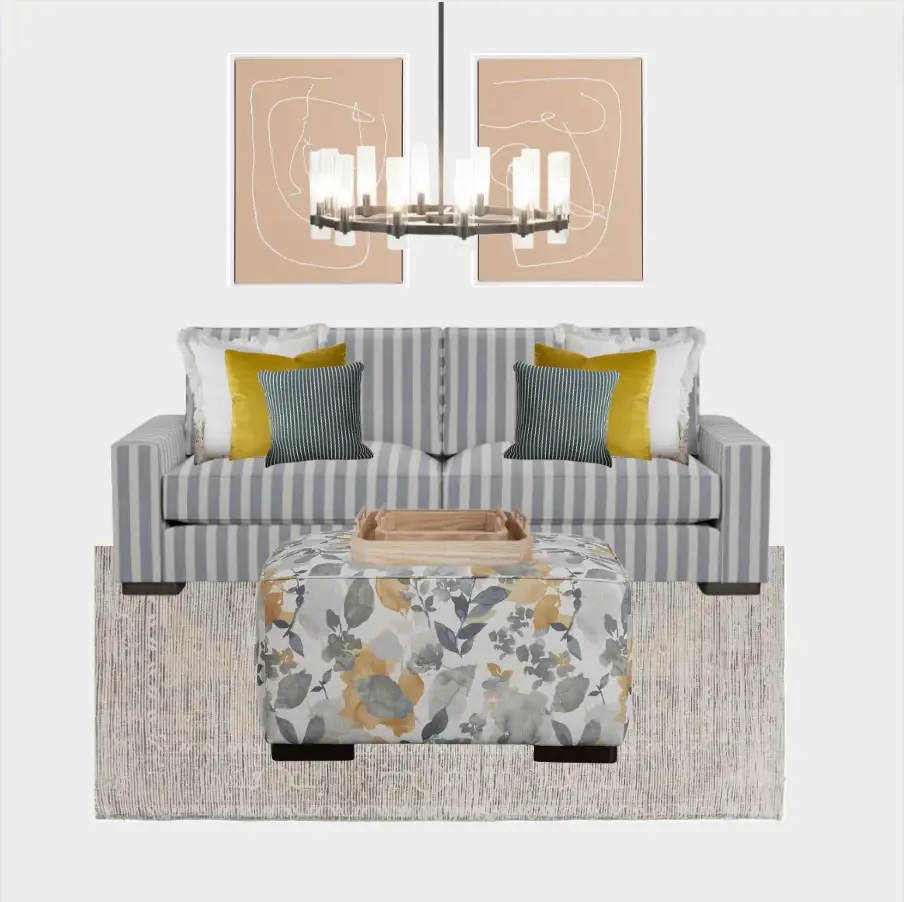
Designer Jennifer Koff
Essential Rules for Flawlessly Mixing Patterns and Textures in Design
Whether it's a cozy living room or a vibrant office space, the interplay of diverse patterns and textures can transform an area into a captivating haven. However, achieving this balance requires more than an arrangement of fabrics and designs. It demands a keen eye, a thoughtful approach, and an understanding of the essential rules of these visual elements. Join us on a journey through the essential guidelines for skillfully mixing patterns and textures in design, unlocking the secrets to creating visually stunning and harmonious spaces that reflect your unique style and sophistication.




